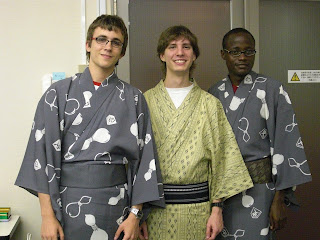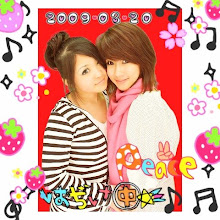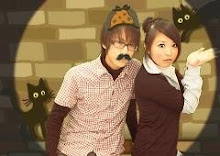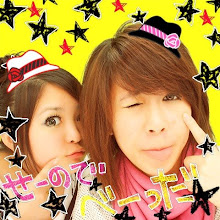How to Wear a Kimono Instructions Traditional Japanese Clothing Types Kimono - meaning clothing or things to wear is the basic japanese clothing Yukata - the summer kimono Nagajugan - undergarments Clothing Accessories - obi, shoes, socks, etc. Haori - short silk jackets Michiyuki - Overcoats Hakama - japanese pants Uchikake - most formal kimono Shiro-maku - wedding kimono Men's Kimono The sleeves for men's kimono are are completely sewn closed under the arm in comparison with the open underarm sleeve on women's kimono. The underarm portion is called tamoto in Japanese. 
smile~
The vinyl zori sandals is the most popular shoe worn for formal occasions with the kimono. The thongs are normally made of velvet or vinyl and come in a variety of colors . Pay attention on our legs...
The traditional forms of japanese clothing or japanese clothes in general is called wafuku. Traditional japanese clothing can be broken down into the following clothing categories. 



Kimono were traditionally worn by men as daily wear clothing, but today they are usually only worn for festivals, ceremonies, special occasions and as kimono robes. Men's kimono, like women's can can range from simple to elaborate patterns. Popular kimono patterns include dragons, koi and masculine designs and generally are conservative in color. The kimono background color is usually blue, black, gray or brown with contrasting designs. Kimono with scenes and motifs include; dragons, kanji symbols, bamboo canes or geometric patterns.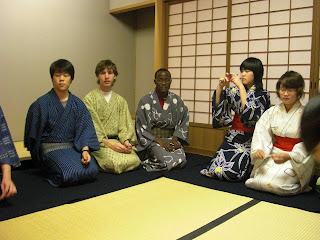




 and....drinking green tea in the TEA CEREMONY...
and....drinking green tea in the TEA CEREMONY...
during the tea ceremony,once have chance get a quite snap of my self...

=THE END=

